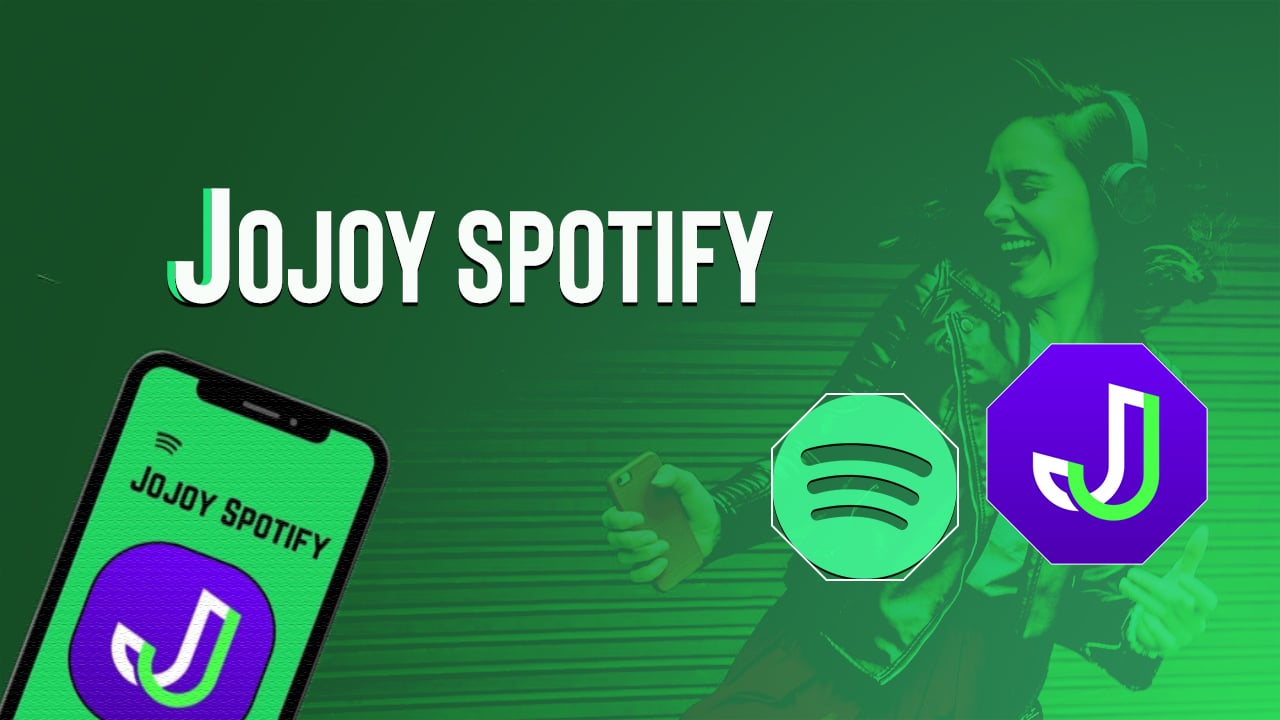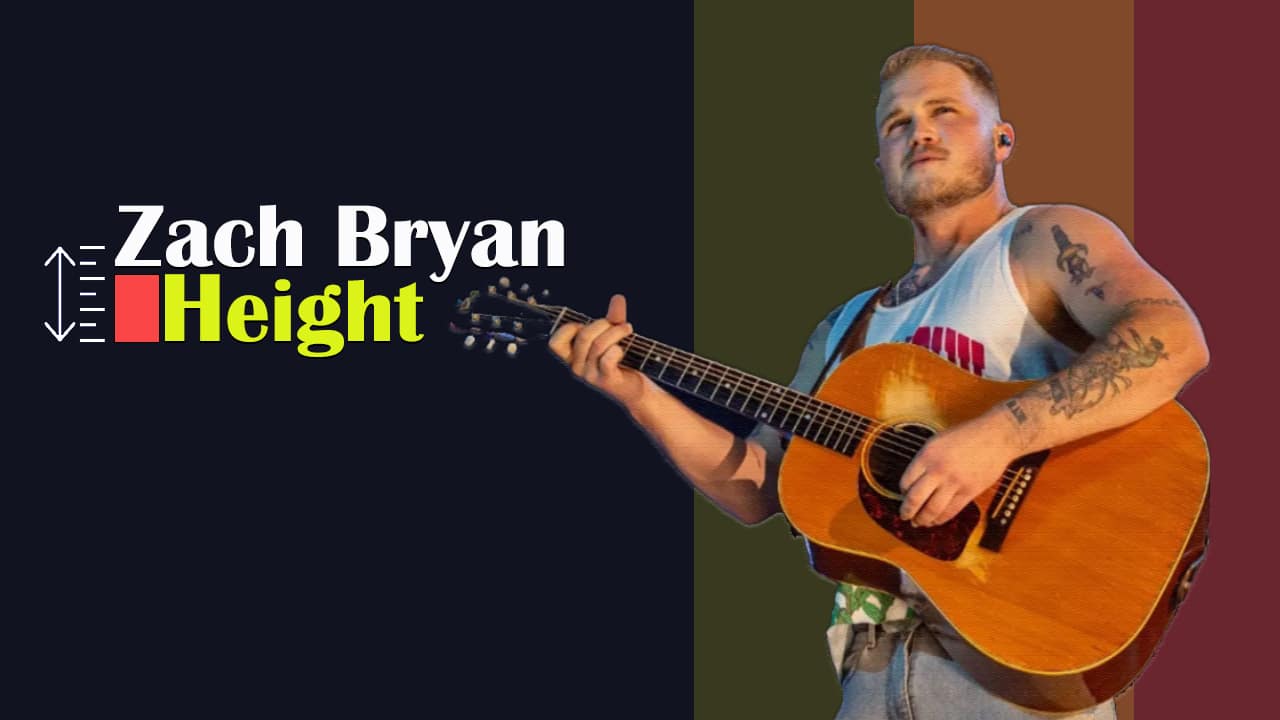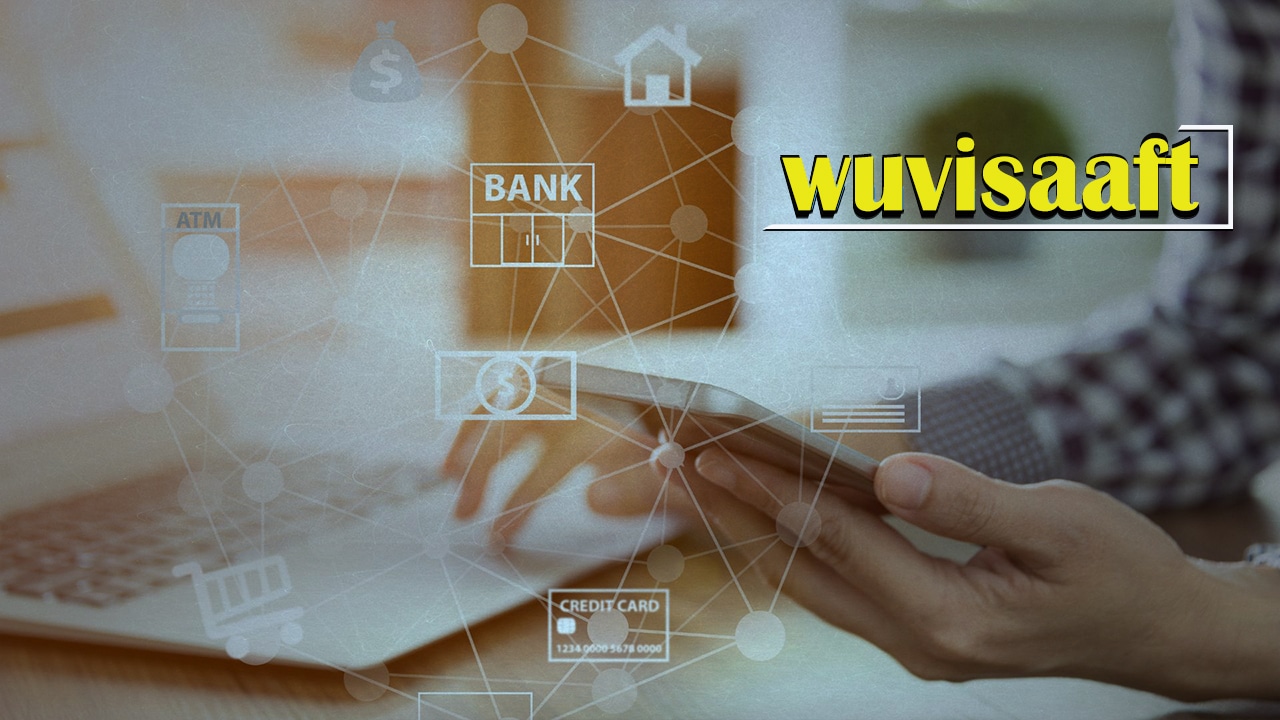Popular Articles
Is It Legal To Get Spotify From Jojoy in 2024? If Not, Then What?
Are you tired of ads breaking into your music vibe on Spotify? And are you hunting for a way to...
7 Incredible Benefits of Yimusanfendi Meditation and Possible Side Effects
Feeling stressed and out of balance has become a common part of life for many. It’s hard to find peace...
The Truth About Zach Bryan’s Height With Complete Biography in 2024
Everyone is talking about Zach Bryan and how tall he is. Why does it matter so much? Fans are super...
What Is WUVISAAFT and How Does It Affect Your Bank Transactions?
Have you noticed a mysterious charge on your bank statement and wondered what it was? You’re not alone. Many people...
Discover the Historical Events and Famous People Born on May 7
May 7 is a special day in history. Many important things happened on this date that changed the world. Also,...
Top Tips on How to Maximize Your Experience With GifHQ in 2024
Looking for the best HQ porn GIFs can be a bit tricky. With so much content out there, it’s hard...
Latest Articles
Is It Legal To Get Spotify From Jojoy in 2024? If Not, Then What?
Are you tired of ads breaking into your music vibe on Spotify? And are you hunting for a way to...
Bruins Maul Panthers in Game 1! Boston Takes Early Lead in Second-Round Series
SUNRISE, FL – After over a week of rest and waiting, the Florida Panthers were riding high as they returned...
Zendaya & Kim Kardashian Slay the Met Gala Red Carpet
New York City’s Metropolitan Museum of Art was transformed into an enchanting garden spectacle on the first Monday of May...
Sunita Williams’ Space Mission Scrubbed at Launchpad: Technical Glitch Delays Liftoff
In a disappointing delay, Indian-American astronaut Sunita Williams came tantalizingly close to making history as the first woman to fly...
7 Incredible Benefits of Yimusanfendi Meditation and Possible Side Effects
Feeling stressed and out of balance has become a common part of life for many. It’s hard to find peace...
The Truth About Zach Bryan’s Height With Complete Biography in 2024
Everyone is talking about Zach Bryan and how tall he is. Why does it matter so much? Fans are super...











